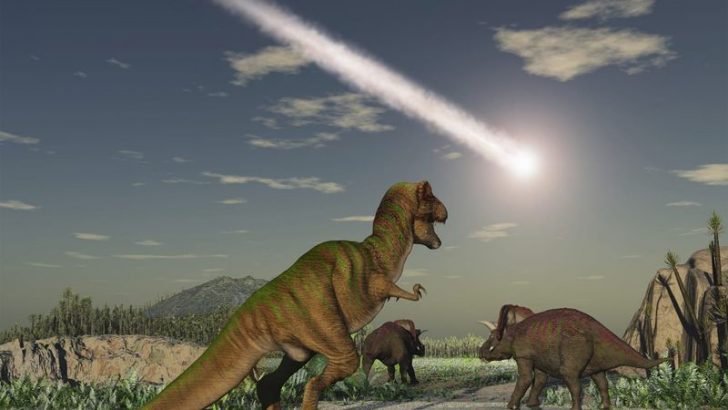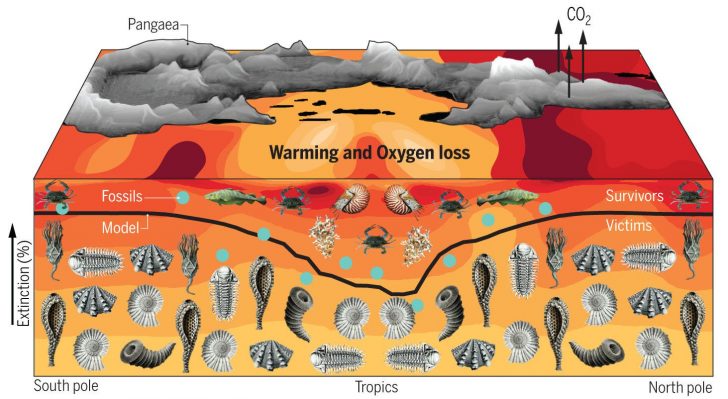Science is a subject for the curious mind, which is exactly how it came to be. Humans got curious about their surroundings and started exploring different things. Sure, the scientists of today have discovered new planets, deep-sea creatures, and species that walked the earth before humans but, have you wondered how the first humans came to life?
Going Back In Time
The planet Earth is billions of years old, and through the existence of fossils and other significant evidence, there is no doubt that it was once home to many creatures. Some faced extinction while other species went on to evolve and thrive. This all happened thanks to a catastrophic asteroid that struck the planet, killing almost everything.

iStock Photo | All the dinosaurs and other predators bit the dust, leaving an empty vacuum in the ecosystem of the world
Mass Extinction Paved The Way
After the mass extinction, mammals on the earth began rising since they were able to freely breed and flourish without any predator to run from. 2 million years after the dinosaur extinction, primates began to not only evolve rapidly, but they also split into two groups;
- the Haplorhines, the dry-nosed primates,
- the Strepsirrhines, the wet-nosed primates.
Throughout the years, both of the branches of the mammals began evolving, and as the environmental changes continued, evolution kept doing its thing. However, a significant change came when the Haplorhines evolved into Old World monkeys and New World monkeys branches. The New World monkeys went on to find habitat in the South American region, where they are still found.

The University of Washington | Illustration showing the percentage of creatures that went extinct during the Paleozoic era
The Starting Point
It was the Old World monkeys that continued to diversify and evolve, eventually resulting in the creation of apes. These apes went on to further split and diversify, giving birth to orangutans which spread into South Asia while the great apes continued to thrive in Africa. The great Apes then split into two groups, one which led to humans and the second which resulted in chimpanzees and bonobos.
The never-ending evolution continued as the hominid ancestors began facing environmental changes and food shortages. This led to them developing stronger jaws to be able to chew and eat food. Another group also emerged which didn’t have a strong jaw but had a bigger brain. While both the groups thrived, the large-brained group became more adaptable and flexible, leading to the emergence of the Homo-erectus which continued surviving and evolving.

Cell Press | Evidence suggests that it was only 300,000 thousand years ago when homo-sapiens (humans) rose up and became the anatomically modern humans that we are today
While there is a lot more to it, this is just a little something to soothe the curiosity. If this piques your interest, be sure to take a deeper dive into the history of human beings.




